The Future of Construction: Building Smarter
The future of construction is changing fast. The construction industry is moving toward smarter, greener, and more efficient ways of building. From smart construction technology and robotics in construction to 3D printing in construction, innovation is transforming every part of the building process.
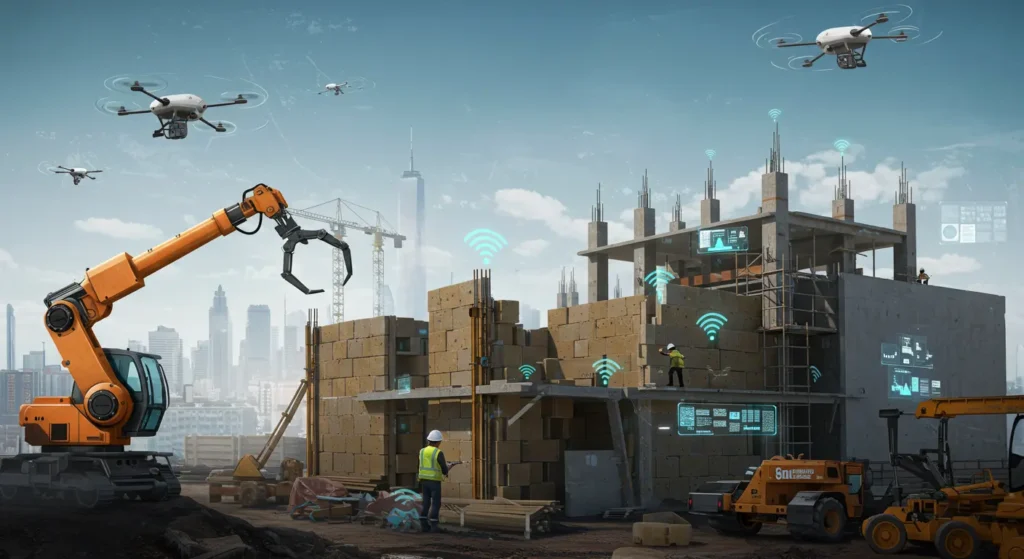
Why the Construction Industry Must Change
The construction industry has traditionally been slow to adopt new technologies. But rising costs, a shortage of skilled labor, and climate change concerns are forcing change.
Companies that embrace construction innovation will stay ahead by delivering smart buildings that are faster, cheaper, and better for the planet.
What is Smart Construction?
Smart construction refers to using advanced tools and technologies to improve every part of a project: design, building, and maintenance.
Key elements of smart construction include:
Top Trends Shaping the Future of Construction
3D Printing in Construction
The ability to 3D print homes and buildings dramatically reduces waste and speeds up construction. The future of construction will see entire neighborhoods 3D-printed in days.
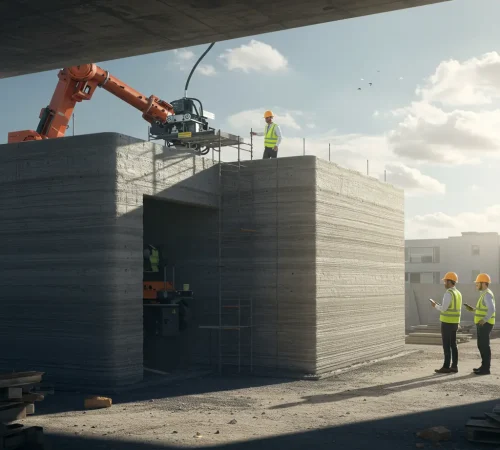
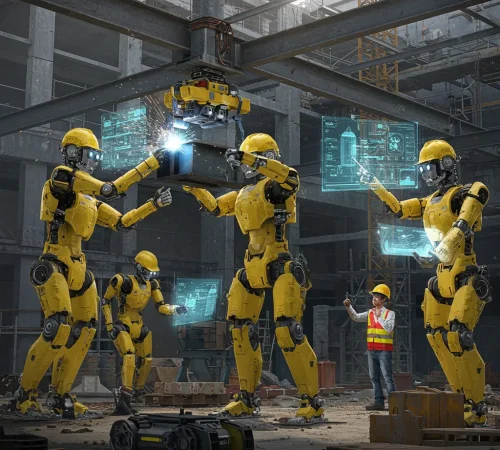
Robotics in Construction
Robotics in construction is changing the workforce. Robots can lay bricks, pour concrete, and even work in hazardous areas, increasing safety and productivity.
Sustainable Building Materials
The demand for sustainable building materials is rising. Builders are turning to recycled steel, bamboo, and even self-healing concrete to meet green building standards.
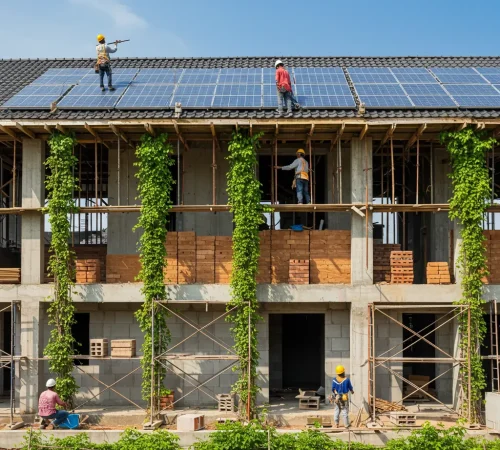
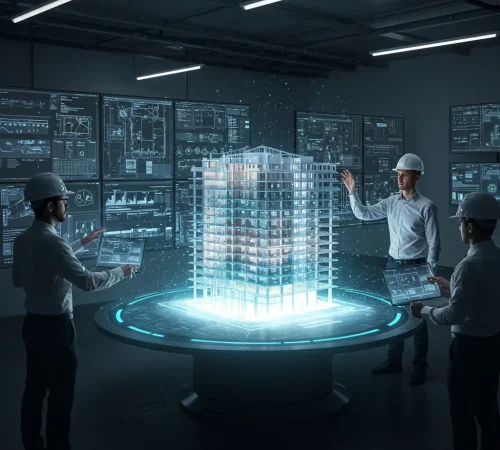
BIM Technology
BIM technology helps everyone involved in a project work together on one shared digital model. This reduces costly errors and improves coordination from start to finish.
Smart Buildings
Future buildings will be smart buildings that use sensors to automatically adjust heating, lighting, and security systems for efficiency and comfort.

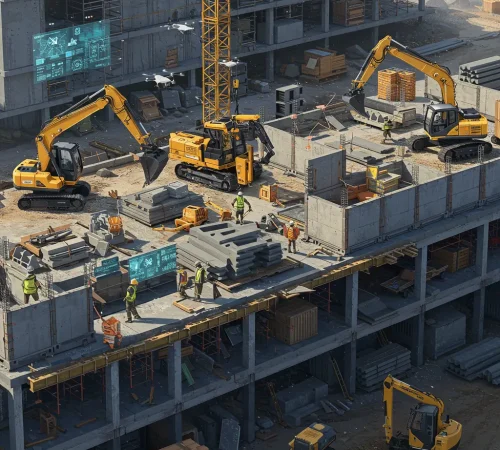
Construction Innovation
Construction innovation is key to staying competitive. From drones surveying sites to AI-powered project management tools, innovation is everywhere in modern construction.
Benefits of Building Smarter
Challenges Ahead for Smart Construction
Even though the future of construction looks promising, challenges remain:
The Future Workforce: New Skills Will Matter
In the world of smart construction, new skills are in demand:
Conclusion
The future of construction is all about building smarter — using modern tools, sustainable building materials, and construction innovation to create safe, efficient, and eco-friendly structures.
Smart construction is no longer optional. It is essential for the construction industry to stay competitive and meet the demands of a changing world.






